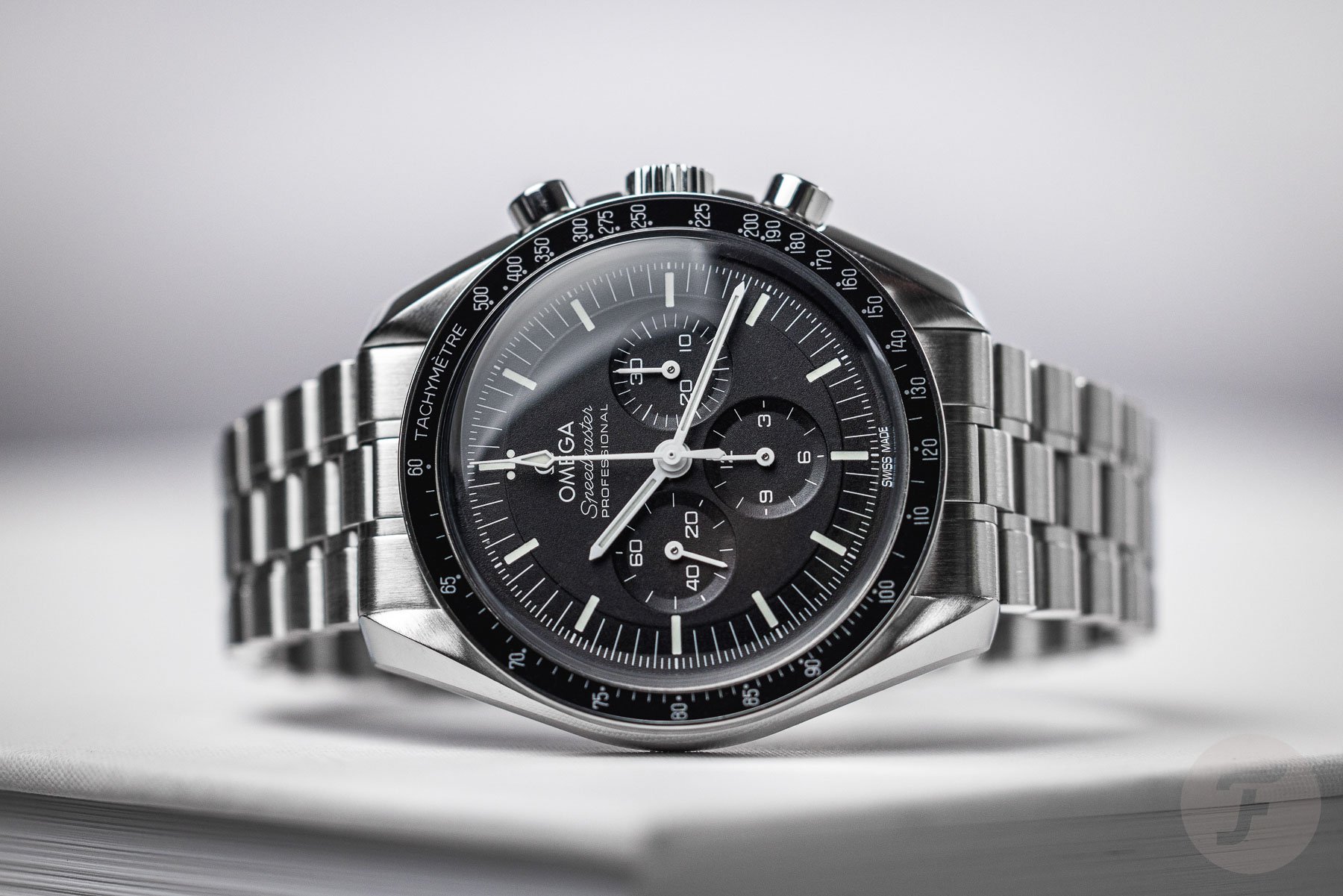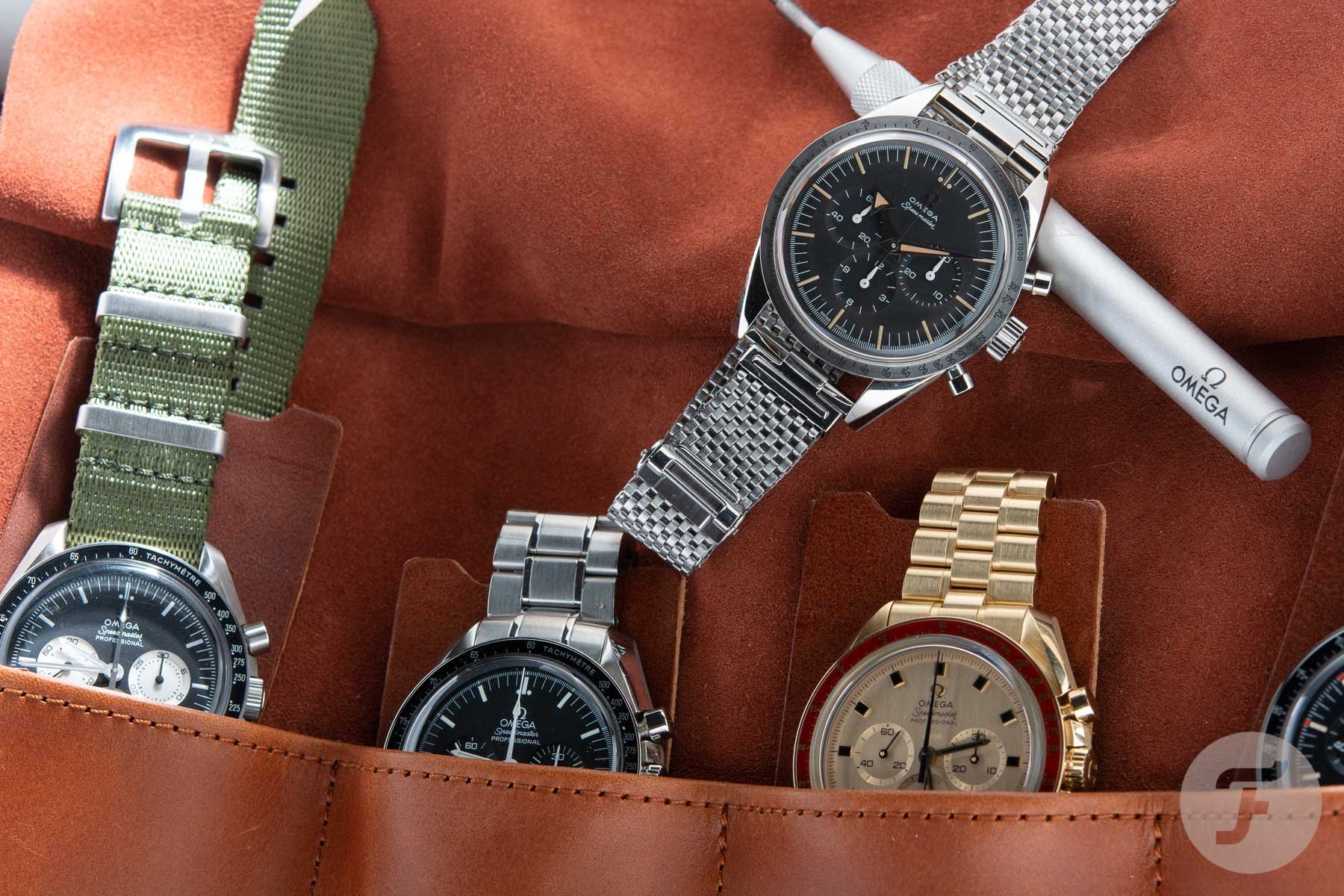Searched without luck, asked elsewhere without luck...
Wouldn't a true dive watch with screw-down crown make more sense for lunar astronauts, given the high-G environments, water landings, and fine Moon dust that gets into everything?
Launch accelerations:
![15728412 15728412]()
Moon dust problem: click for article
![15728433 15728433]()
Re-entry accelerations:
![15728425 15728425]()
Landing (splashdown):
![15728437 15728437]()
Disclaimer This isn't a Moonwatch hate post. I love mine, especially since I bought it in the Rocket City in July 2019
![15728442 15728442]()
Wouldn't a true dive watch with screw-down crown make more sense for lunar astronauts, given the high-G environments, water landings, and fine Moon dust that gets into everything?
Launch accelerations:
Moon dust problem: click for article
Re-entry accelerations:
Landing (splashdown):
Disclaimer This isn't a Moonwatch hate post. I love mine, especially since I bought it in the Rocket City in July 2019











